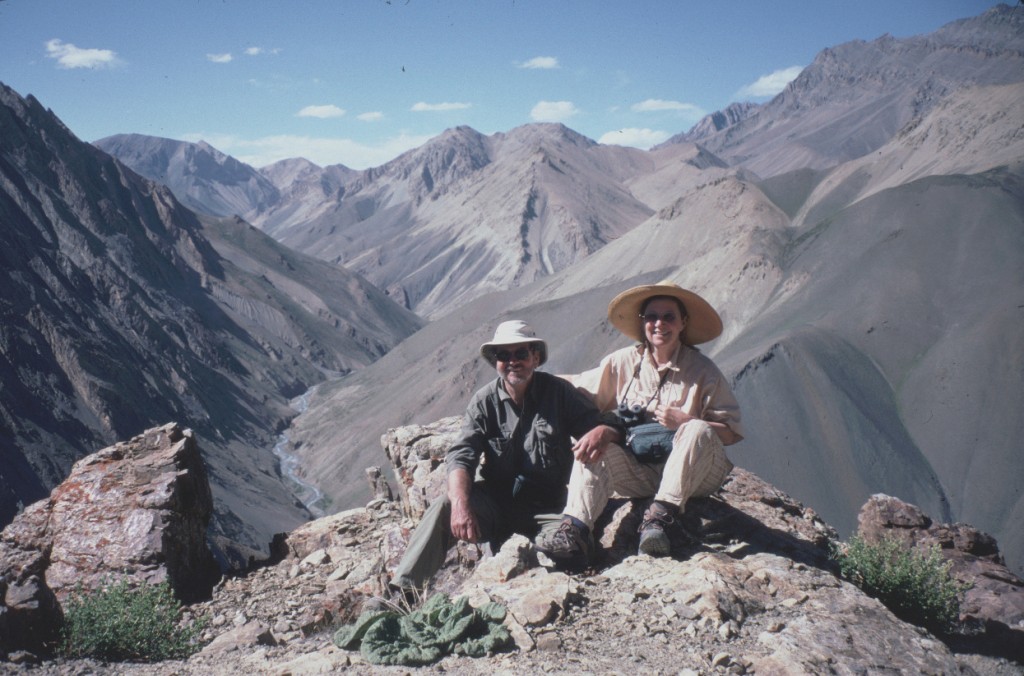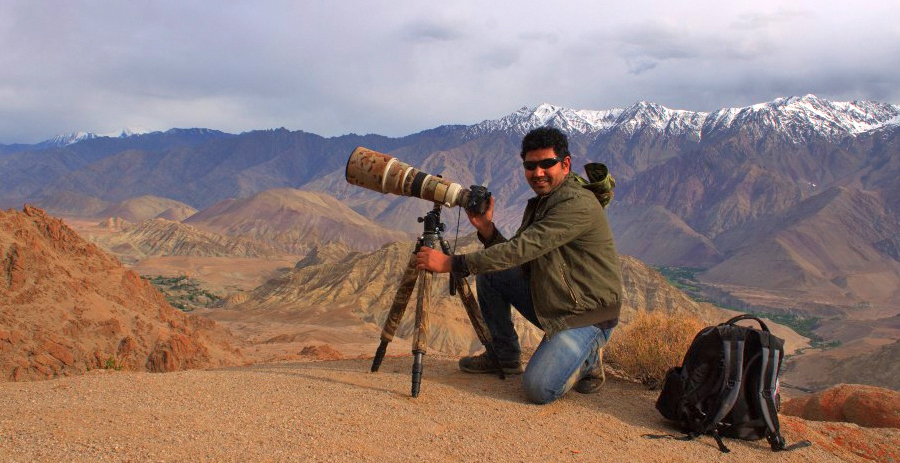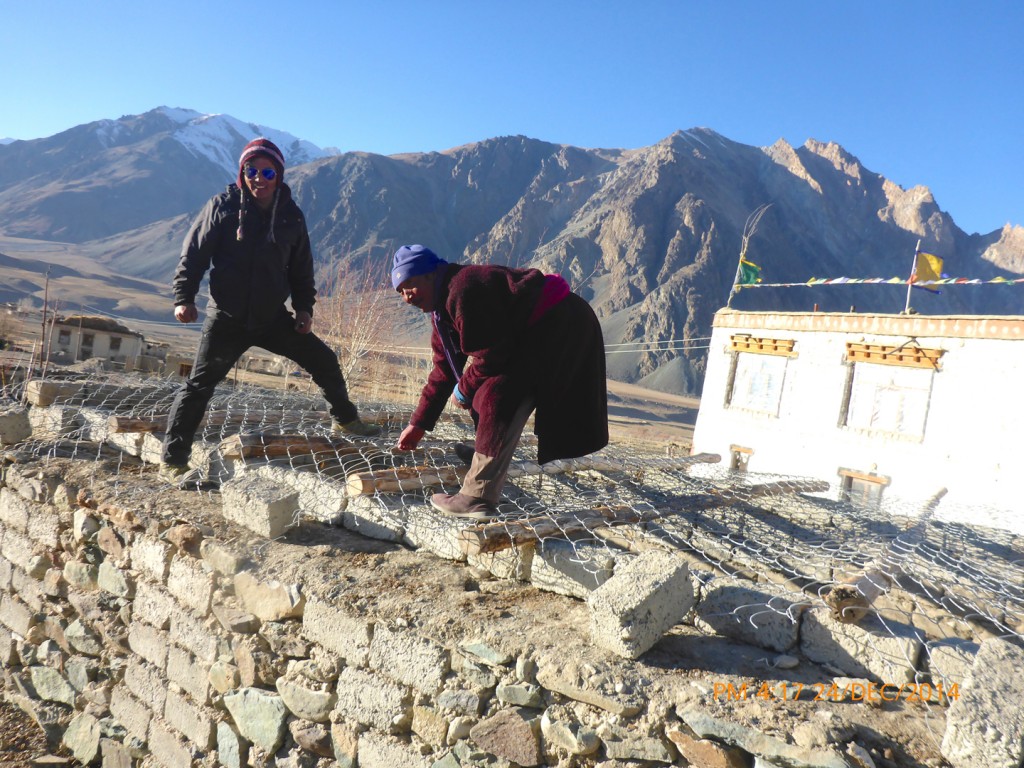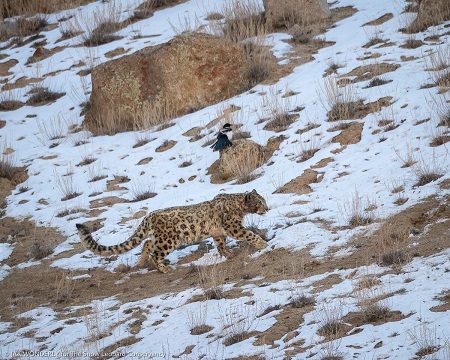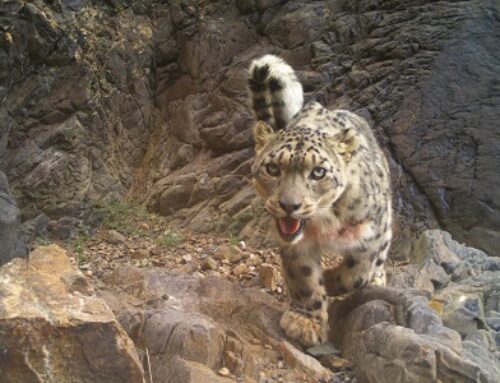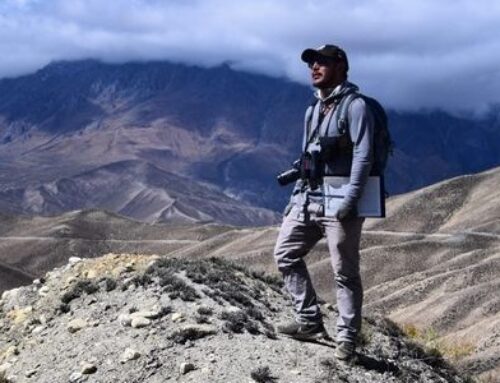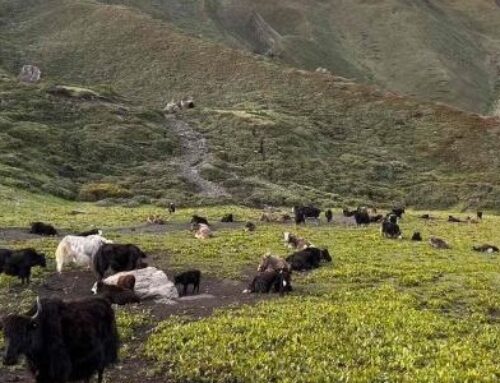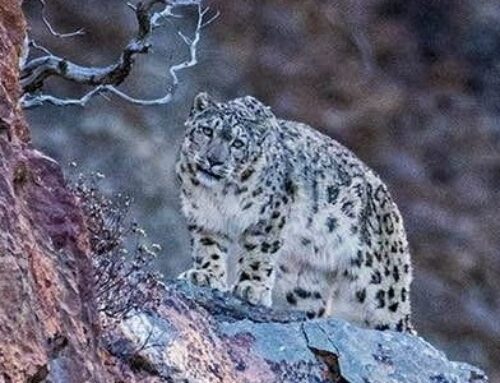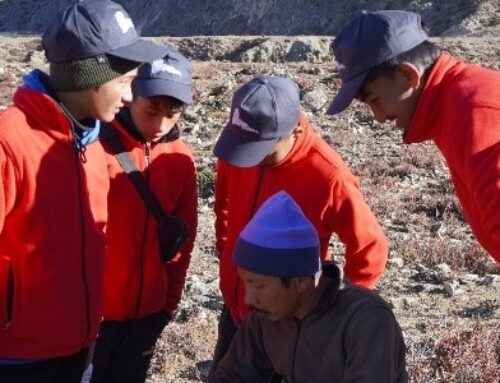Zanskar was once an independent kingdom. Its remoteness is underlined by the one four-wheel-drive road in, traversing a 14,436 foot pass. The road is closed in winter. Then, the only lifeline for the 10,000 or so people who live there is an expensive helicopter or a dangerous 60-mile walk on ice at the edge of the Zanskar River.
Rodney Jackson and Darla Hillard were invited to visit Zanskar in 2003, to help introduce snow leopard conservation initiatives to herders in the region’s scattered communities.
Since then, your support has made the difference in helping Zanskar’s livestock herders co-exist with snow leopards.
Today, Snow Leopard Conservancy India Trust (SLC-IT) leads conservation initiatives in Zanskar.
Dr. Tsewang Namgyal, who directs SLC-IT, was born and raised in a small village in the neighboring region of Ladakh. Tsewang’s love of wildlife was inspired by the open-air school he attended.
“We shared our classroom with butterflies, birds, lizards, and small mammals like pikas. I also explored the mountains, herding sheep and goats on the weekends.”
Tsewang could not have imagined then that he would grow up to lead an organization that has been instrumental in saving snow leopards in both Zanskar and Ladakh.
For the past three years, Tsewang and his SLC-IT team have been focusing on helping communities in Zanskar make their livestock corrals invulnerable to snow leopards.
The SLC-IT team meets with herders to investigate their livestock loss to snow leopards. Survey results inform the selection of beneficiary communities. Families provide labor and local materials such as stones. The project provides wire mesh, hardware, and wood beams.
It may sound fairly simple to make improvements to stone-walled livestock enclosures. But Zanskar’s remoteness presents special challenges.
Cell phone service is unreliable, making it difficult to communicate with communities building new corrals and to know the status of the project.
Climate change is bringing more summer rain. Flooding often obliterates roads and paths, delaying transport of materials to the project sites. Flooding delays project activities, because the villagers get involved in repairing their infrastructure.
Tsewang says, “Sometimes we have to take a chance and send the materials without knowing whether the walls have been completed and if the community is ready for the next step. We have to do our best to keep costs down.”
Time and patience are necessary ingredients in successful conservation action. Fortunately, we have managed to accomplish most of our goals. We are very grateful to the donor community for investing in this crucial work.
Corral Project Impact After Three Years
- No recorded depredation of livestock
- At least 6,000 domestic animals kept safe from snow leopards at night
- Some one hundred snow leopards protected from retaliation for livestock depredation
- More than 50 herders trained to design and build the improved corrals.
The corral project was partially funded by a grant from the Australian Himalayan Foundation.
The Snow Leopard Conservancy and our partners have seen that a little help can go a long way toward creating coexistence between people and snow leopards. Donors like you have enabled us to work with herders throughout India, Mongolia, Nepal, and Pakistan to make their livestock enclosures secure. We have seen our model replicated, and we have seen communities reclaim their reverence for the animal that symbolizes their natural heritage.

